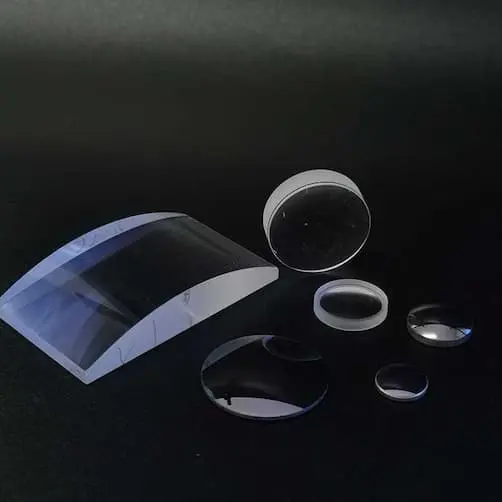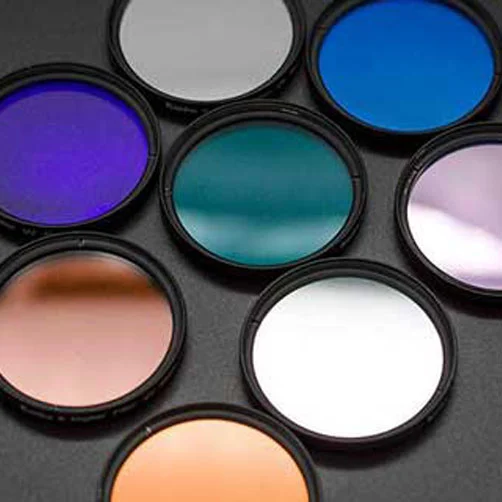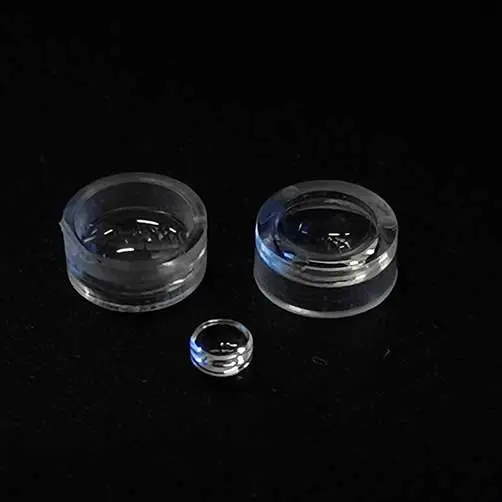
IR lenses use special optical glass material and the latest optical design methods to eliminate focal plane deviation between visible light and infrared light. Therefore, light from the visible light to the infrared light can be imaged at the same focus, resulting in clear images.
In addition, IR IR lenses also use special multi-layer coating technology to increase the transmission rate of infrared light, allowing cameras equipped with IR lenses to monitor at a farther distance and achieve better results than those using ordinary lenses at night.
The application range of IR lenses is very wide. They can be used for specific infrared applications or as ordinary lenses. In other words, depending on the specific application, IR lenses can be flexibly used with conventional color cameras, black and white cameras, and day/night conversion cameras.
Black and white cameras do not have an infrared cut-off filter, but the spectrum of sunlight also contains infrared light. Therefore, even under daylight conditions, the imaging of black and white cameras can be affected by infrared light. Therefore, using IR lenses can effectively improve image quality.
In order to meet the 24-hour monitoring needs of many places, not only cameras are required to complete surveillance tasks during the day, but also to present clear images at night. In recent years, the popularity of infrared cameras and infrared lights, as well as the drop in prices of day/night cameras and high-definition color cameras, has provided a great market opportunity for lens manufacturers. The IR monitoring camera lens was born in this way.
The focal point of the IR monitoring camera lens remains consistent between infrared light and visible light, resulting in clearer imaging.
IR lenses use the latest optical design and special optical glass material (LD optical glass) technology to eliminate focal plane deviation between visible light and near-infrared light.
IR lenses use special ED lenses to solve the "focus shift" problem of ordinary electric zoom lenses under infrared light conditions.
IR lenses use special coating design and the application of special optical materials to correct chromatic aberration within the 350-950nm wavelength range. IR infrared correspondence technology is also generated accordingly. 24-hour work without the need for re-focusing can be achieved with the assistance of infrared light, resulting in clear imaging for monitoring systems.
IR lenses are not difficult in terms of technology. Their development is likely to be affected by their price. It is certain that IR monitoring camera lenses will remain in high demand in the next few years. Once production increases, the cost will naturally decrease, leading to a reduction in prices. IR monitoring camera lenses will become the future mainstream.



